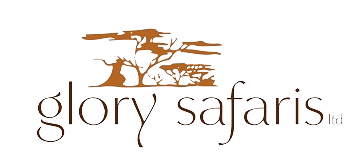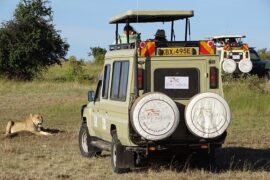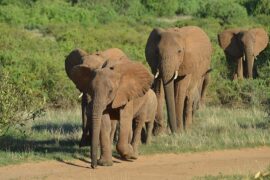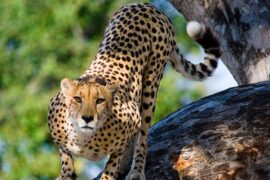Ngorongoro Conservation Area
The Ngorongoro Conservation Area covers an area across 8,300 sq km, in northern Tanzania. The crater bowl itself is 250 square km with sides up to 600 metres deep.
The park is located between the Serengeti and Lake Manyara (see map). It is home to the famous volcanic Ngorongoro crater which is the largest unbroken caldera in the world.
The crater (610 metres deep and 260 km squared) is a microcosm of East African scenery and game and is usually visited on the way back from the Serengeti to Arusha.
Scenic grandeur and stunning views are the hallmark of this wonder of the world. All the lodges are built high on the crater rim and afford amazing views over and into the crater – the perfect setting for a well deserved sundowner.
Geology
– Rifts and volcanoes shape the landscape of Ngorongoro. A rift is a disturbance in the earth crust, which causes rise or falls of its borders.
– Rifts also causes lava or melted rock to penetrate to the surface where it hardens. If lava emerges from the same penetration for a long period, it builds up into a volcano.
– In the Ngorongoro Conservation Area, the main rifts are north of Lake Eyasi and east of Lakes Manyara and Lake Natron, where the nine volcanoes of Ngorongoro highlands were formed during the past four million years. Of these, only volcano Oldonyo Lengai is still active.
Wildlife
Today, Ngorongoro’s caldera shelters the most beautiful wildlife haven on earth. The rich pasture and permanent water of the Crater floor supports a resident population of some 20,000 to 25,000 large mammals.
They are not confined by the Crater walls, and can leave freely; they stay because conditions are favourable. Since most of the Crater floor is grassland, grazing animals predominate: gnu, zebra, gazelles, buffalo, eland and kongoni (Coke’s hartebeest) and warthogs.
The swamp and forest provide additional resources for hippos, some of Tanzania’s last remaining black rhinos, giant-tusked elephants, waterbucks, reedbucks and bushbucks, baboons and vervets. The steep inner slopes provide a habitat for dikdiks and the rare mountain reedbuck.
Climate
Ngorongoro safari lodges are situated on the rim of the crater, which is 2,235 metres (7,264 feet) above sea level.
It can get quite fresh up here, and gets very cold at night in the winter months of June to August, but is opposingly hot down in the crater during the day.




